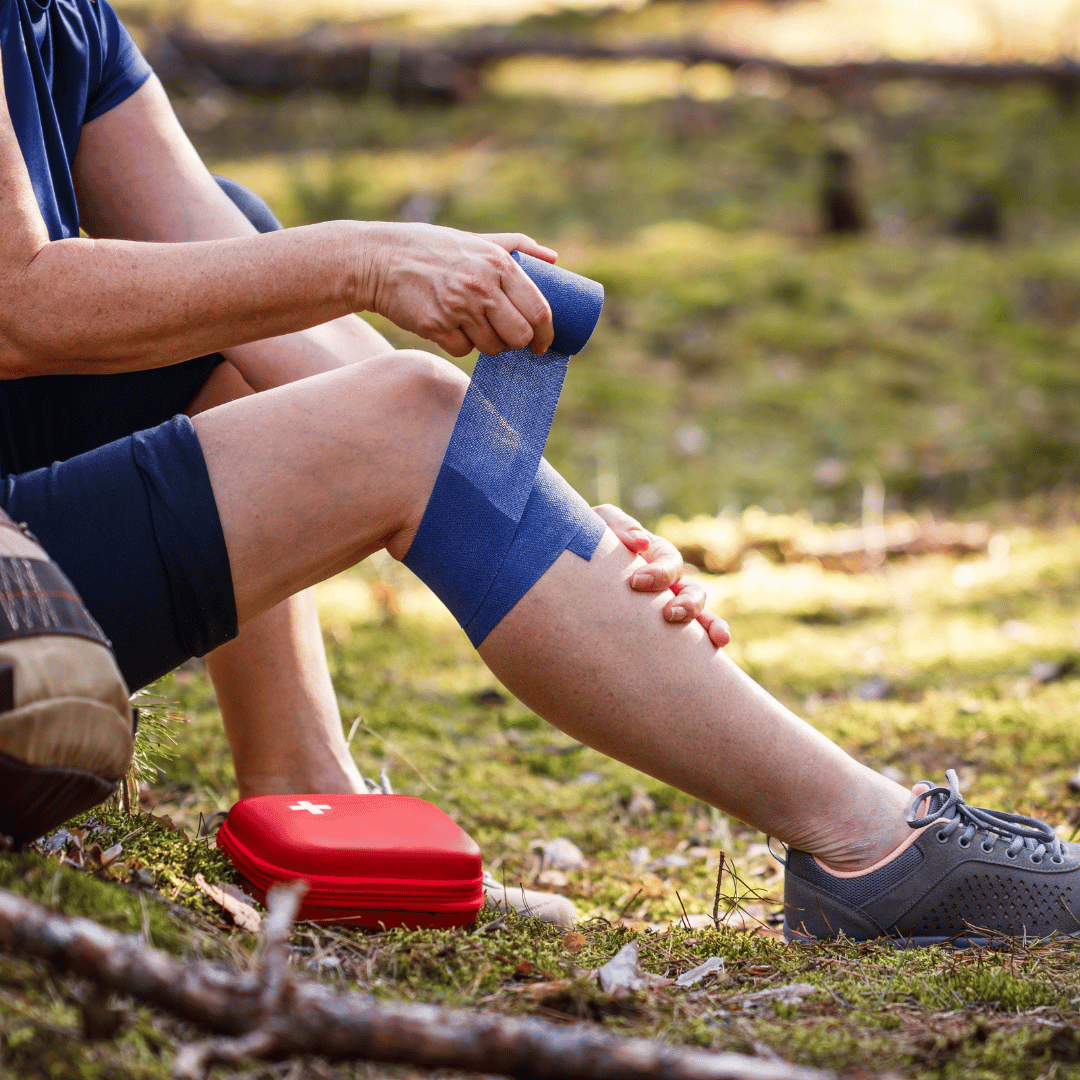
Ice should no longer be applied to injuries, and here’s why
14 May 2023
Georgie Mai-Manning
Clinic Director & Lead Sports Therapist
All we need now is a little PEACE & LOVE
We are well used to, and indeed conditioned to understand that if we sustain a joint or soft tissue injury we should apply ice, or some form of cold therapy.
Recent studies have now identified that the use of cold therapy for acute soft tissue injuries is no longer recommended, because the reduction of inflammation may also delay healing. It is now recognised that inflammation is necessary to promote healing.
Swelling is desired for healing well!
Until now we have had First Aid acronyms such as RICE, PRICE and POLICE (with the ‘I’ for ice), indicating its use for acute injuries that may be swollen and painful, such as a sprained ankle.
All we need now is a little PEACE and LOVE for our acute injuries, a new acronym that outlines the appropriate initial First Aid, and also promotes important recovery initiatives for both body and brain, to guide the patient toward a successful rehabilitation.
PROTECT
Unload or restrict movement in the area for 1 to 3 days. This may require the use of crutches for a leg injury, or a sling for the arm. This will minimise further damage or aggravation to the injury.
ELEVATE
Elevate the injured area above the level of your heart to reduce swelling.
AVOID ANTI-INFLAMMATORIES
During the acute phase anti-inflammatories can inhibit tissue repair. Simple analgesics like paracetamol can be used for pain relief.
COMPRESS
External mechanical compression with a brace, bandage or taping can reduce local swelling and prevent further bleeding within the injured tissues.
EDUCATION
Speak with your physical therapist about the injury and get a guideline for recovery and a therapy plan. Set goals about recovery times and expectations. Understand that restrictions for loading the injured area is only a temporary protective measure for the first 2 to 3 days.
LOAD
An active approach, with movement and exercise, benefits most injuries. Loading or stressing the joint or muscle (essentially making it work) within the limits of pain early on, actually promotes healing and stimulates tissue repair.
OPTIMISM
Science has shown that depression and fear about an injury and the recovery, can actually result in worse outcomes and a worse prognosis. Staying realistic and positive is important, your brain plays a key part in your recovery.
VASCULARISATION
That’s a fancy word for improved blood supply to an area. Better blood flow means more oxygen and nutrients which ensure good tissue healing. Moving and working the joint or muscle and exercising the tissues around the area will increase blood flow to the injured site.
EXERCISE
Controlled exercise, within pain limits, is key from the beginning of your recovery. Restoring mobility and building strength will speed up your recovery and help prevent a recurrent injury.
There are a couple of exceptions to this advice:
In the absence of soft tissue injury, whole-body cold therapy can be useful for optimising recovery from sports training. So we will still see sports teams and athletes using ice baths and cryo chambers after intense bouts of training or competition.
Cold therapy may still be useful for acute soft tissue injuries if there is excessive or prolonged swelling, which, conversely, can hinder the healing process. This may seem contradictory – an appropriately qualified professional can determine if cold therapy should be introduced as part of a recovery plan.

